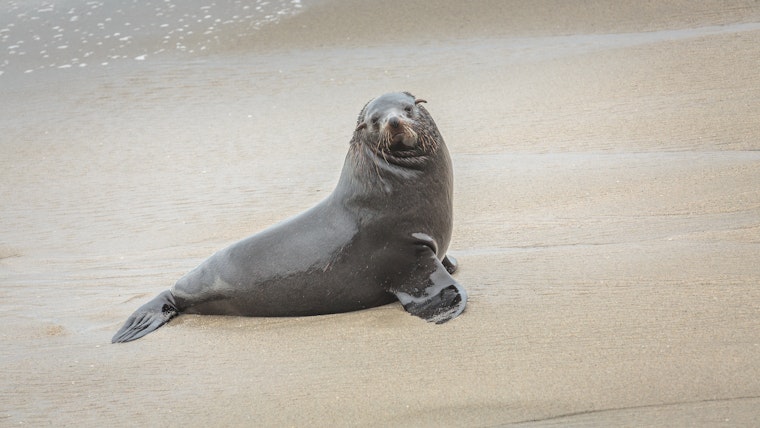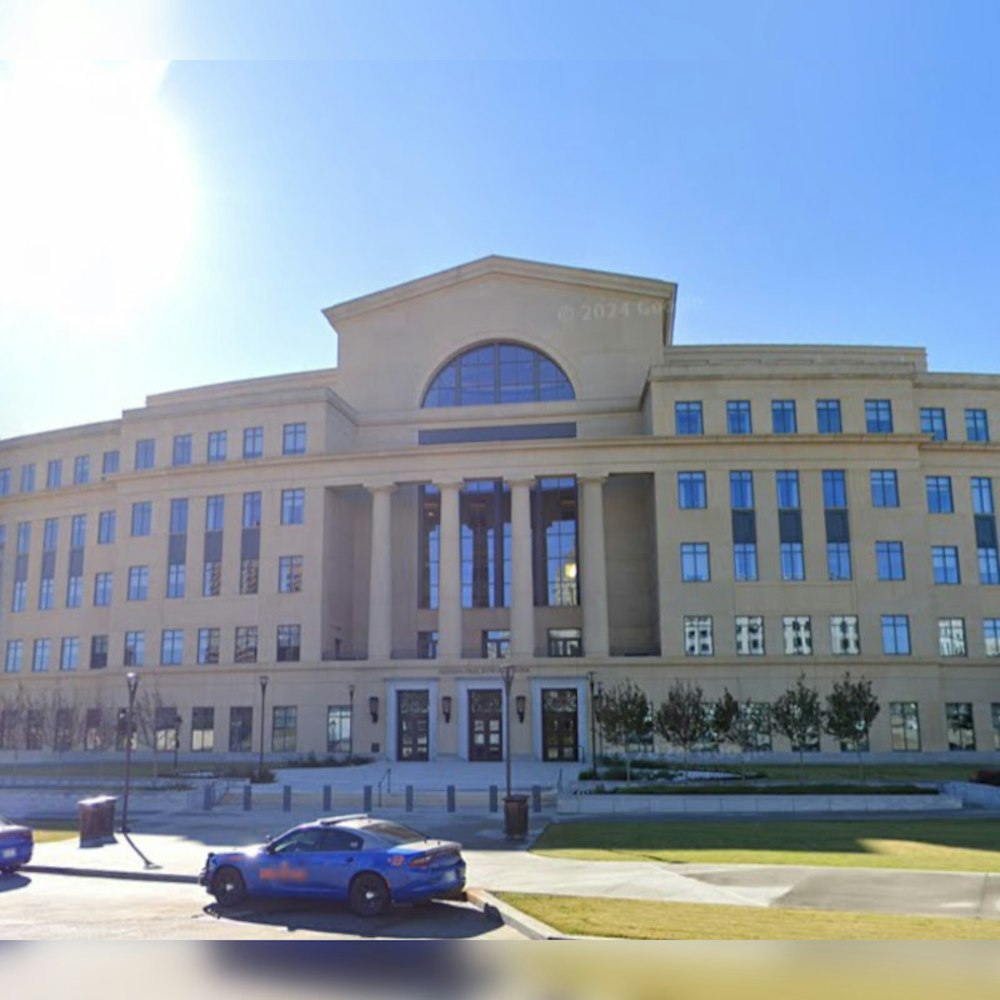
The tranquility of California's coastline may soon be disrupted, as a deadly toxic algae outbreak wreaks havoc on marine life, affecting hundreds of sea lions and dolphins, with the potential to spread to the Bay Area, according to SFGate. Sea lions, known for their playful and largely unaggressive demeanor, have been left sick and agitated, leading to reports of beachgoers being bitten as the situation spirals out of control.
The algal bloom, triggered by a surge in the number of small fish consuming toxic algae, has caused a massive influx of sick sea mammals on Southern California beaches. In addition to the sea lions, at least 100 dolphins have become sick from the algae, with wildlife care centers becoming overwhelmed, according to the Los Angeles Times.
California sea lions suffer from the neurotoxin domoic acid, a byproduct of toxic algae ingested by small fish and, in turn, by the sea mammals. The neurotoxin induces seizures, brain damage, dehydration, and muscle spasms, making the sea mammals agitated and aggressive, even attacking beachgoers, as per the Washington Post.
California's Marine Mammal Care Center is at the frontline of this crisis, attempting to care for the rapidly increasing number of sick animals. However, with their budget overrun by $500,000 and more than double the usual number of sea lions and dolphins to treat, they have become reliant on local volunteers and additional aid to continue rescuing affected animals.
Beach visitors are being cautioned to stay at least 50 feet away from sea lions, with many beaches marking off sections that are off-limits to humans using bleach or chalk. Despite that, an alarming number of sea lions have bitten surfers, divers, and other beachgoers, prompting officials to urge the public to report sick animals and keep their distance.
Harmful algal blooms are a recurring issue in California and are often exacerbated by climate change and pollutiont. Forecast models predict a potential risk of this current bloom spreading to the Bay Area in the coming weeks. Wildlife officials and marine biologists are closely monitoring the situation and studying the causes and effects of this toxic algae crisis.
Though identified as the deadliest algae bloom the state has ever seen, bringing the mortality rate of marine animals to an all-time high, experts are hopeful that containment efforts will prevent further spread.









